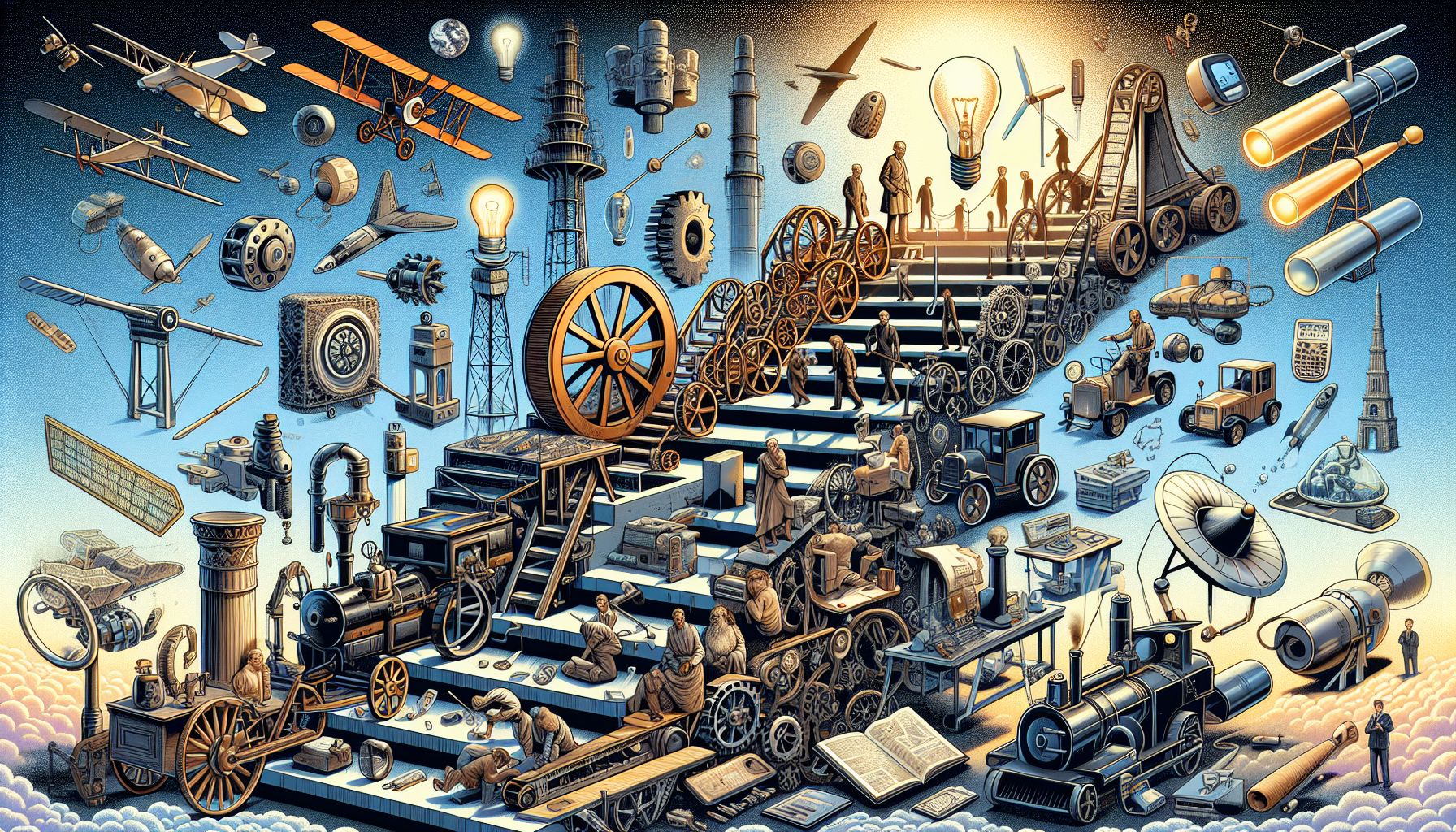📌 Let’s explore the topic in depth and see what insights we can uncover.
⚡ “Imagine living in a world without light bulbs or cars—sounds pretty grim, right? Let’s tip our hard hats to historic inventions that turned such nightmares into distant memories, forming the backbone of modern engineering.”
From the creation of the wheel to the development of the Internet, humans have always been inventors. 🧩 As for We, they’re creatures driven by curiosity, always seeking to understand, improve, and innovate. Engineering, the application of scientific knowledge for practical purposes, is the driving force behind many of the world’s most significant inventions. But behind the cutting-edge technology and modern marvels we enjoy today are the foundations laid by historic inventions. In this blog post, we shall embark on a journey through time to explore how historic inventions have shaped modern engineering. We will delve into the transformative contributions of these inventions and highlight their profound impact on our lives today. It’s a fascinating tale of human ingenuity and perseverance, underscoring the importance of our past in shaping our present and future.
🔬 Microscope: Unveiling the Invisible

"Blueprints of History: Engineering's Evolution through Inventions"
In the early 17th century, a revolutionary device was invented that transformed our understanding of the world: the microscope. First developed by Dutch spectacle-makers, the microscope allowed humans to explore life at a microscale, opening up a new world of scientific discovery. By observing the previously unseen, scientists made groundbreaking discoveries, such as the existence of microorganisms, which revolutionized the field of biology. The principles of microscopy have also found their way into modern engineering. Today, electron microscopes, which use a beam of accelerated electrons instead of light, are paramount in fields like material science and nanotechnology. They allow engineers to examine materials at an atomic level, enabling the design and creation of everything from super-strong alloys to advanced microchips.
🚂 Steam Engine: Powering the Industrial Revolution
The steam engine, invented by Thomas Newcomen in the 18th century and later improved by James Watt, represented a significant shift in the way work was done. This invention was the cornerstone of the Industrial Revolution, ushering in new manufacturing processes and paving the way for the mechanization of industries. The principles of the steam engine – the conversion of heat into mechanical energy – persist in many modern engineering applications. Today, most of our electricity comes from power plants that use a similar process, boiling water to create steam, which then turns turbines to generate electricity. The steam engine also laid the groundwork for the development of more complex engines, like the internal combustion engine and the jet engine, which have transformed transportation and travel.
💡 Electric Light Bulb: Illuminating the World
The invention of the electric light bulb by Thomas Edison in the late 19th century forever changed the course of human history. The light bulb extended the productive hours of the day, leading to increased productivity and growth. Beyond its immediate utility, the light bulb also revolutionized electrical engineering. It spurred the development of electrical power grids and systems, which are now integral parts of our modern infrastructure. The principles of the electric light bulb – converting electrical energy into light – are the basis for modern LED technology, which is more energy-efficient and longer-lasting. LEDs are now used in a wide range of applications, from televisions and computer monitors to traffic lights and vehicle brake lights.
🌐 Internet: Connecting the Globe
Arguably one of the most influential inventions of the 20th century, the Internet has transformed every aspect of our lives. It has redefined communication, commerce, entertainment, and education, among others, bringing about the Digital Age. The Internet’s creation has influenced many fields of engineering, especially computer engineering and telecommunications. It has led to the development of various technologies such as cloud computing, machine learning, and the Internet of Things (IoT). The principles behind the Internet – transmitting data over networks – are now being leveraged to develop the next generation of technology, such as 5G and beyond, promising even faster and more reliable connections.
🧭 Conclusion
🧠 Think of Engineering as a testament to human ingenuity and our ability to solve problems. It’s a field that’s always evolving, always pushing the boundaries of what’s possible. But behind every new invention, every breakthrough, are the echoes of our past. The microscope, the steam engine, the light bulb, and the Internet – these historic inventions have shaped modern engineering in profound ways, influencing the technologies we rely on today. As we look to the future, we’re reminded of the importance of understanding our past. For it is through the lens of history that we can truly appreciate the progress we’ve made and gain insights into where we’re headed. So, the next time you marvel at a technological wonder, remember the historic inventions that made it possible. They serve as timeless blueprints of progress, reminding us that we stand on the shoulders of the inventors who came before us, as we strive to create a better tomorrow.
⚙️ Join us again as we explore the ever-evolving tech landscape.
